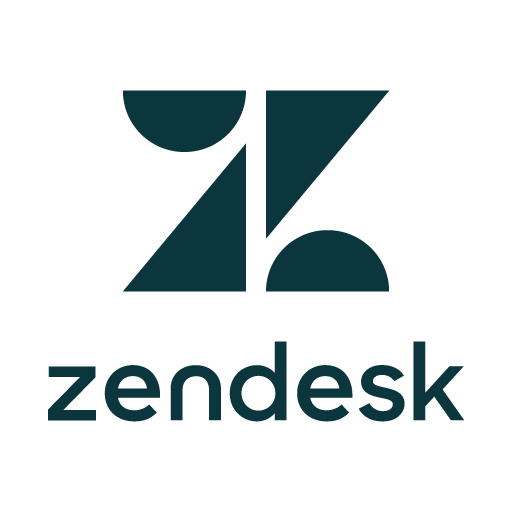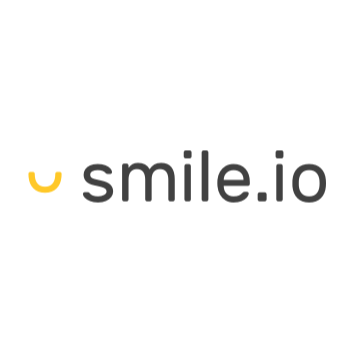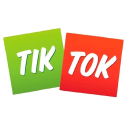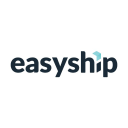How I Started A $500K/Month Stuffed Animal Care Packages Ecommerce Brand
Hello! Who are you and what business did you start?
Hello, everyone! My name is Tyler Macke and I’m the 21-year-old founder of SendAFriend, an e-commerce brand that sells stuffed animal care packages.
Our core product is the stuffed animals themselves, which we offer alongside a customizable greeting card and a few small accessory add-ons. The fluffy friend gets swaddled up in blue tissue paper and packaged in our bright blue shipping box with the ‘Someone Loves You’ motif before being sent out the door.

At the age of 18, I started working on the brand and launched in July of 2018. In 2019, it remained as a side project and ended the year with about $50,000 in revenue. This year in 2020, it has become my...

Download the report and join our email newsletter packed with business ideas and money-making opportunities, backed by real-life case studies.

Download the report and join our email newsletter packed with business ideas and money-making opportunities, backed by real-life case studies.

Download the report and join our email newsletter packed with business ideas and money-making opportunities, backed by real-life case studies.

Download the report and join our email newsletter packed with business ideas and money-making opportunities, backed by real-life case studies.

Download the report and join our email newsletter packed with business ideas and money-making opportunities, backed by real-life case studies.

Download the report and join our email newsletter packed with business ideas and money-making opportunities, backed by real-life case studies.

Download the report and join our email newsletter packed with business ideas and money-making opportunities, backed by real-life case studies.

Download the report and join our email newsletter packed with business ideas and money-making opportunities, backed by real-life case studies.

























